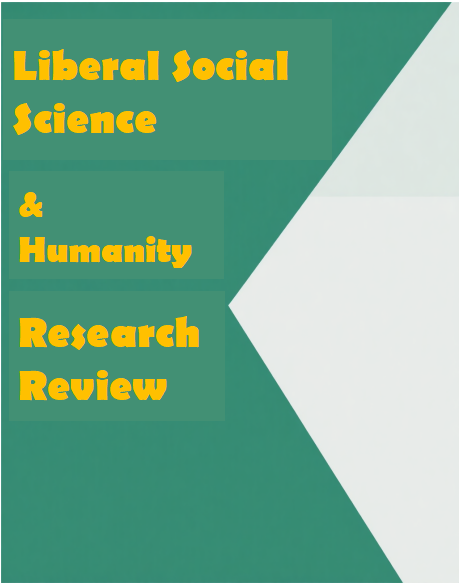Morphological Innovations in Digital Communication: Understanding Neologisms in Online Spaces
Abstract
This research explores morphological innovations in digital communication by examining the emergence and use of neologisms in online spaces. As digital platforms facilitate rapid exchanges of information, users frequently create new words through morphological processes, reflecting cultural trends, technological advancements, and social dynamics. This study analyzes a diverse range of online interactions, including social media posts, blogs, and online forums, to identify common patterns of neologism formation—such as blending, compounding, and affixation. The findings reveal that these innovations not only serve functional purposes, such as enhancing expressiveness and humor, but also play a crucial role in identity construction and community building among users. By understanding the linguistic creativity inherent in digital communication, this research highlights the fluid nature of language in the context of technology and its implications for linguistic evolution. Ultimately, this study contributes to the growing body of literature on language change in the digital age, providing insights into how neologisms reflect and shape contemporary cultural identities.
Keywords: morphological innovations, digital communication, neologisms, online spaces, language evolution, social media, linguistic creativity, identity construction.


